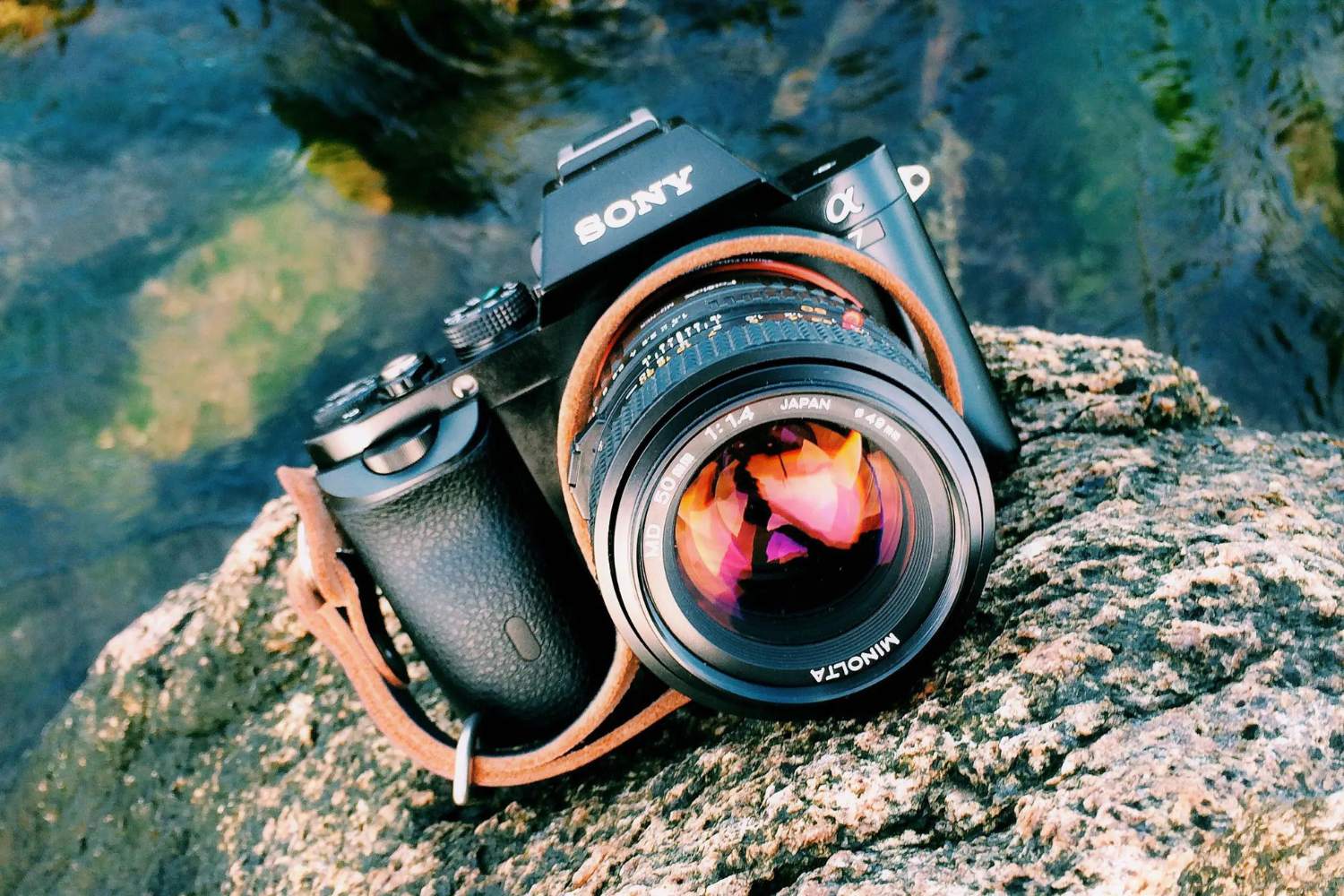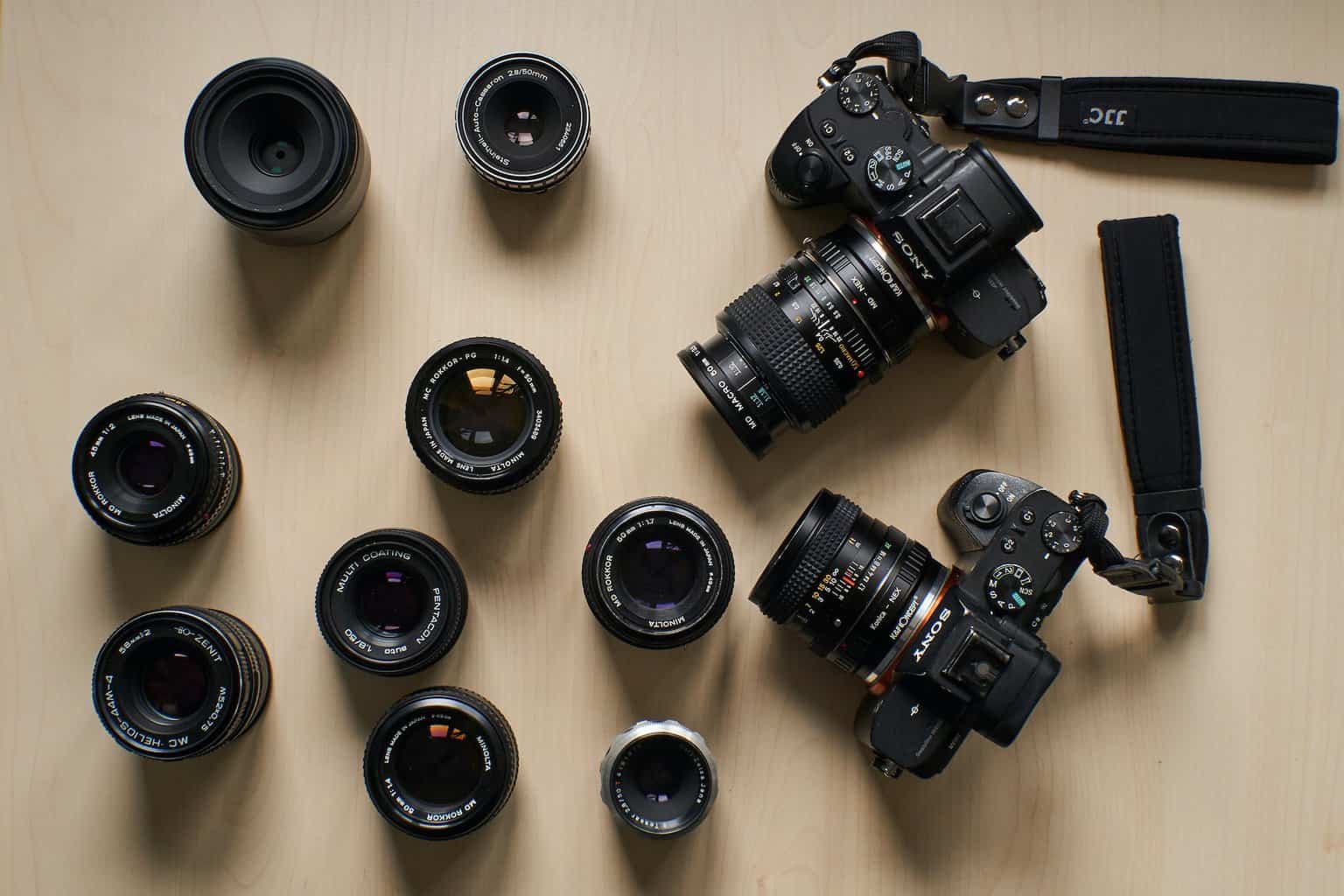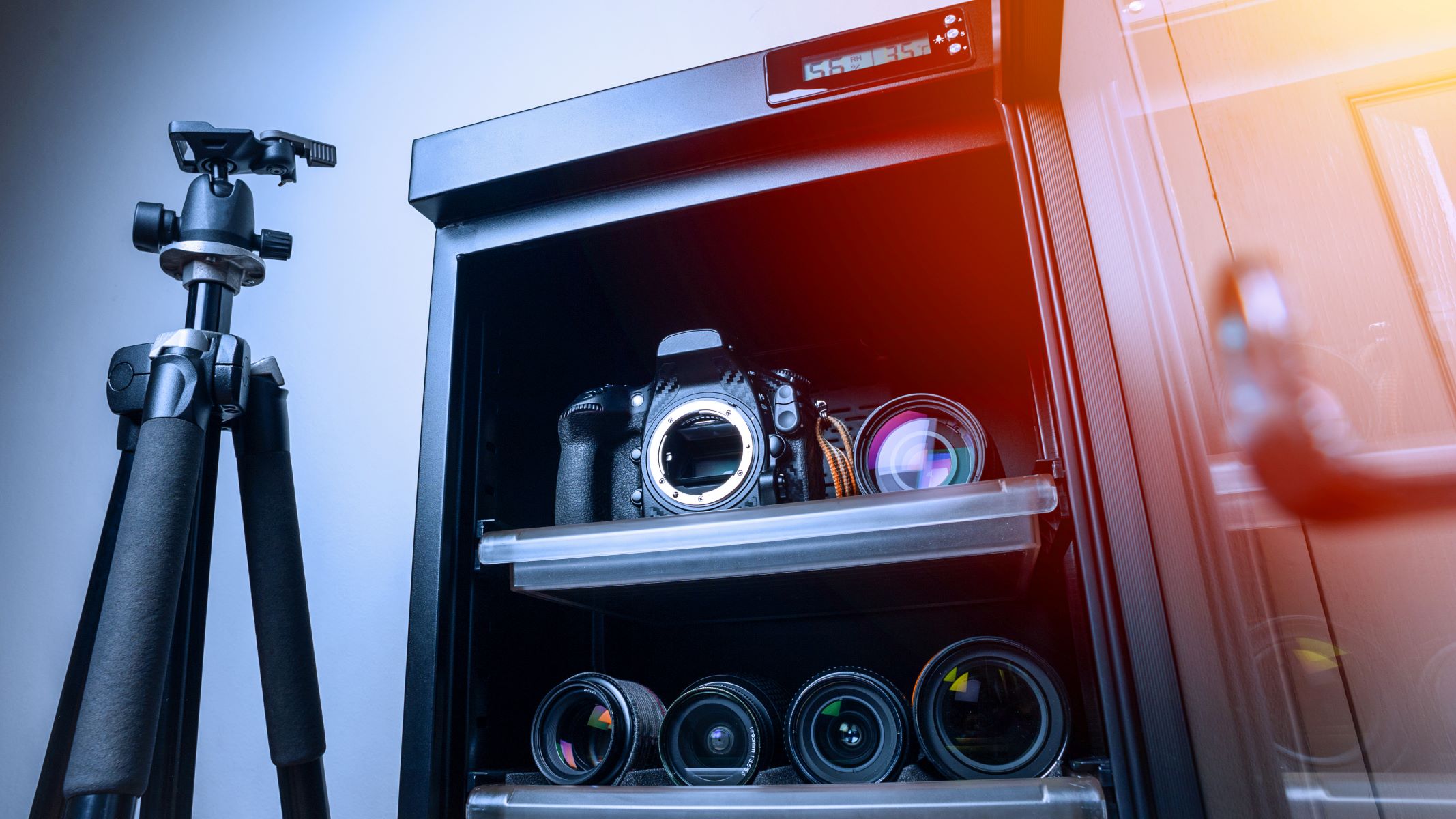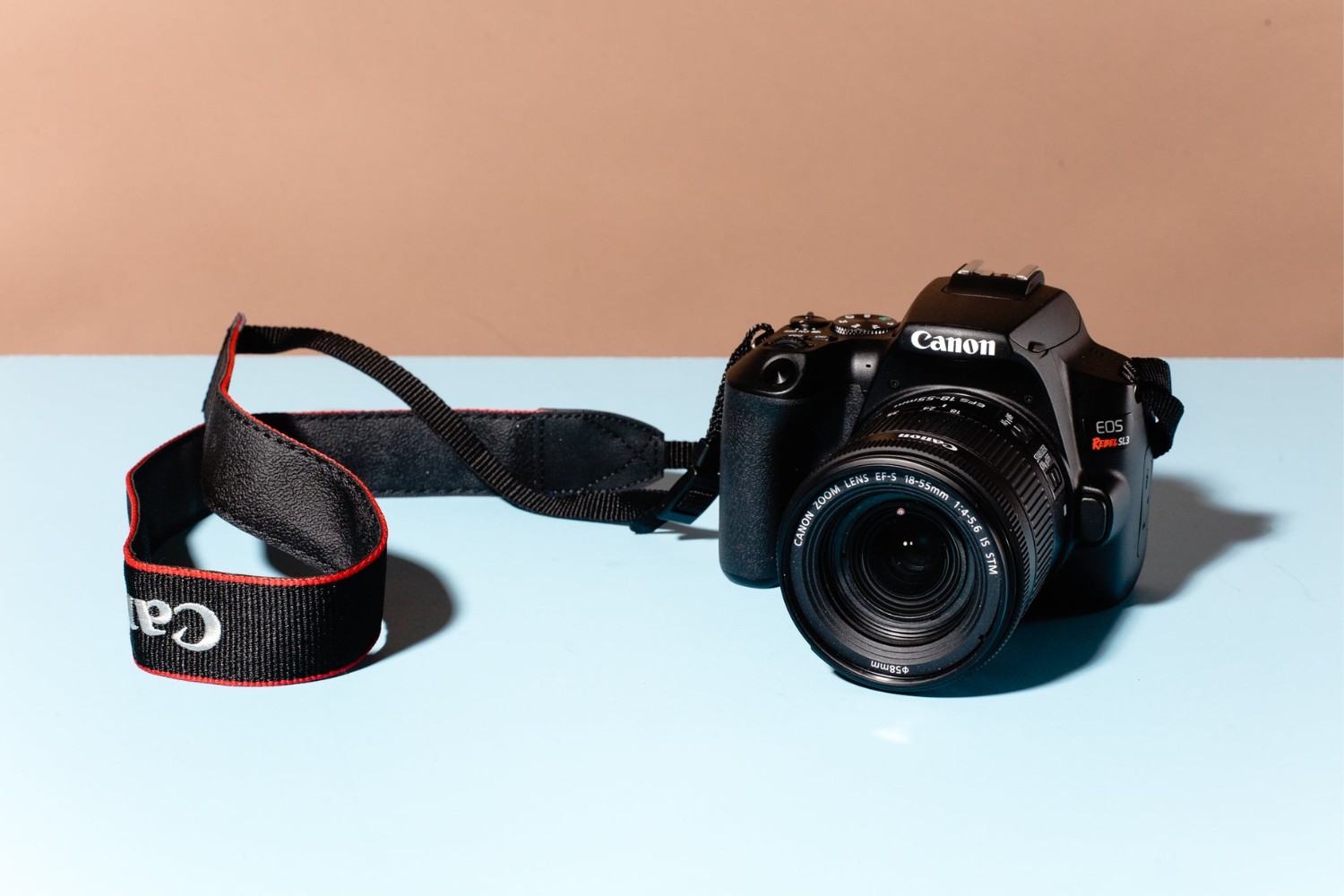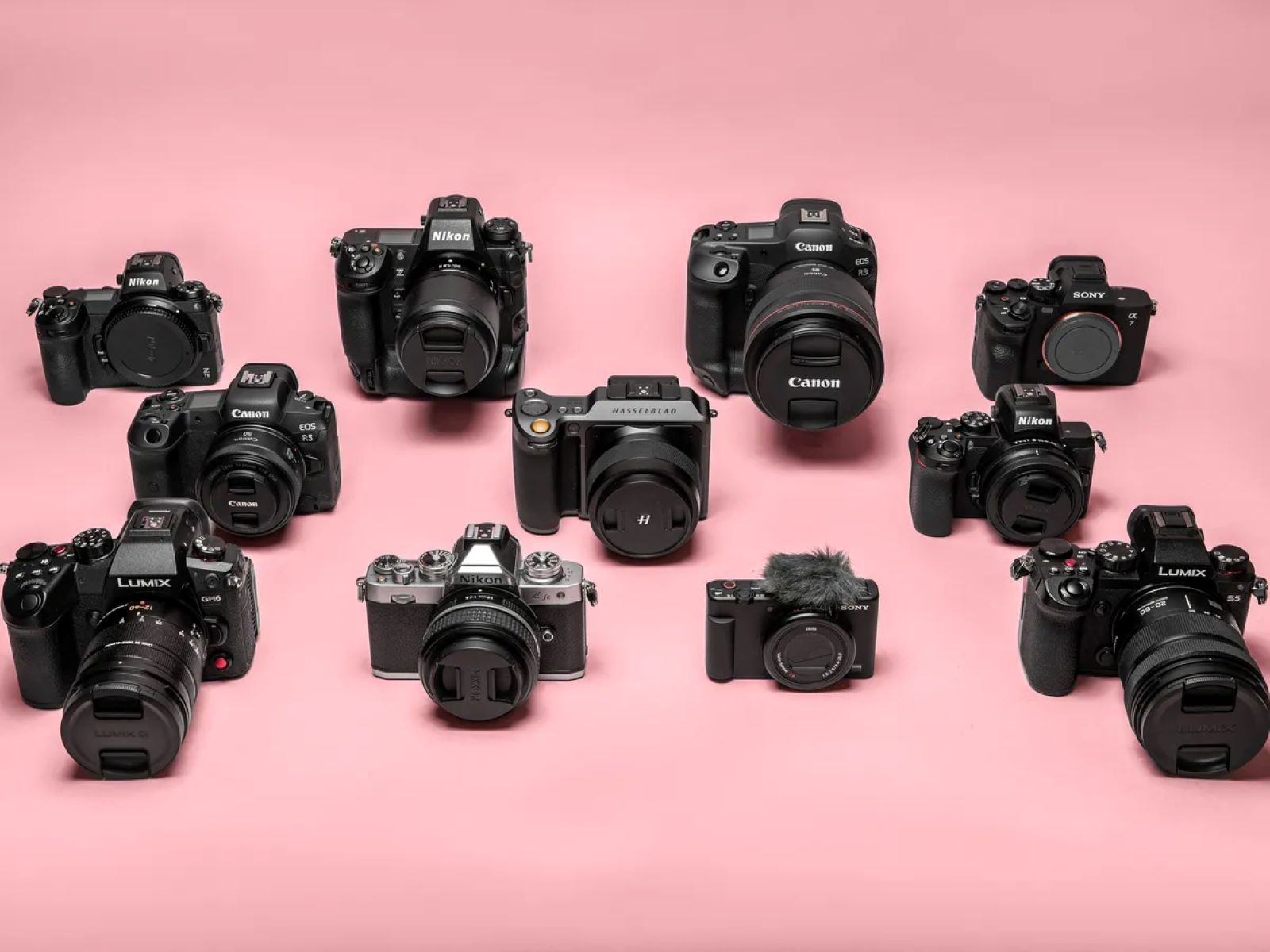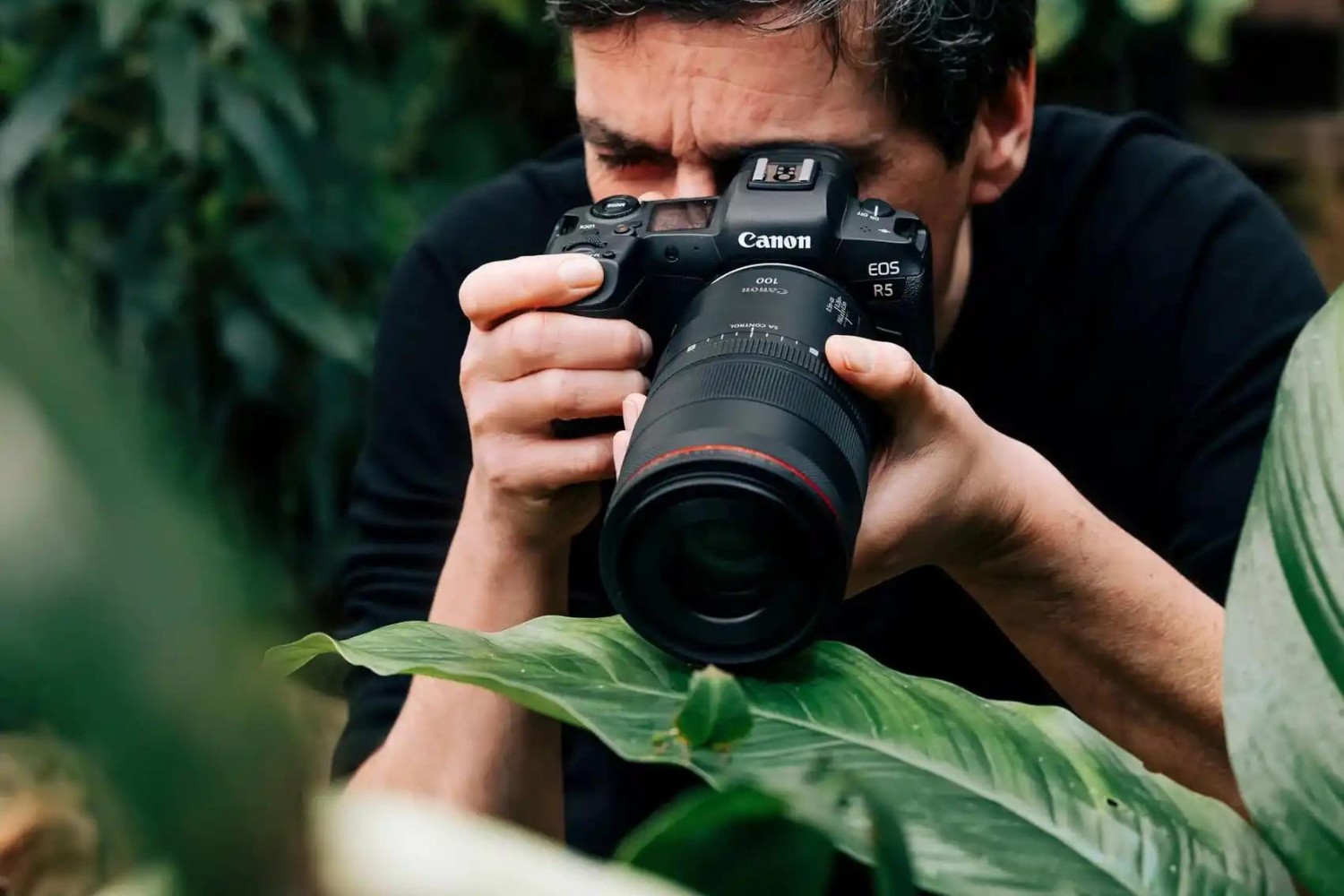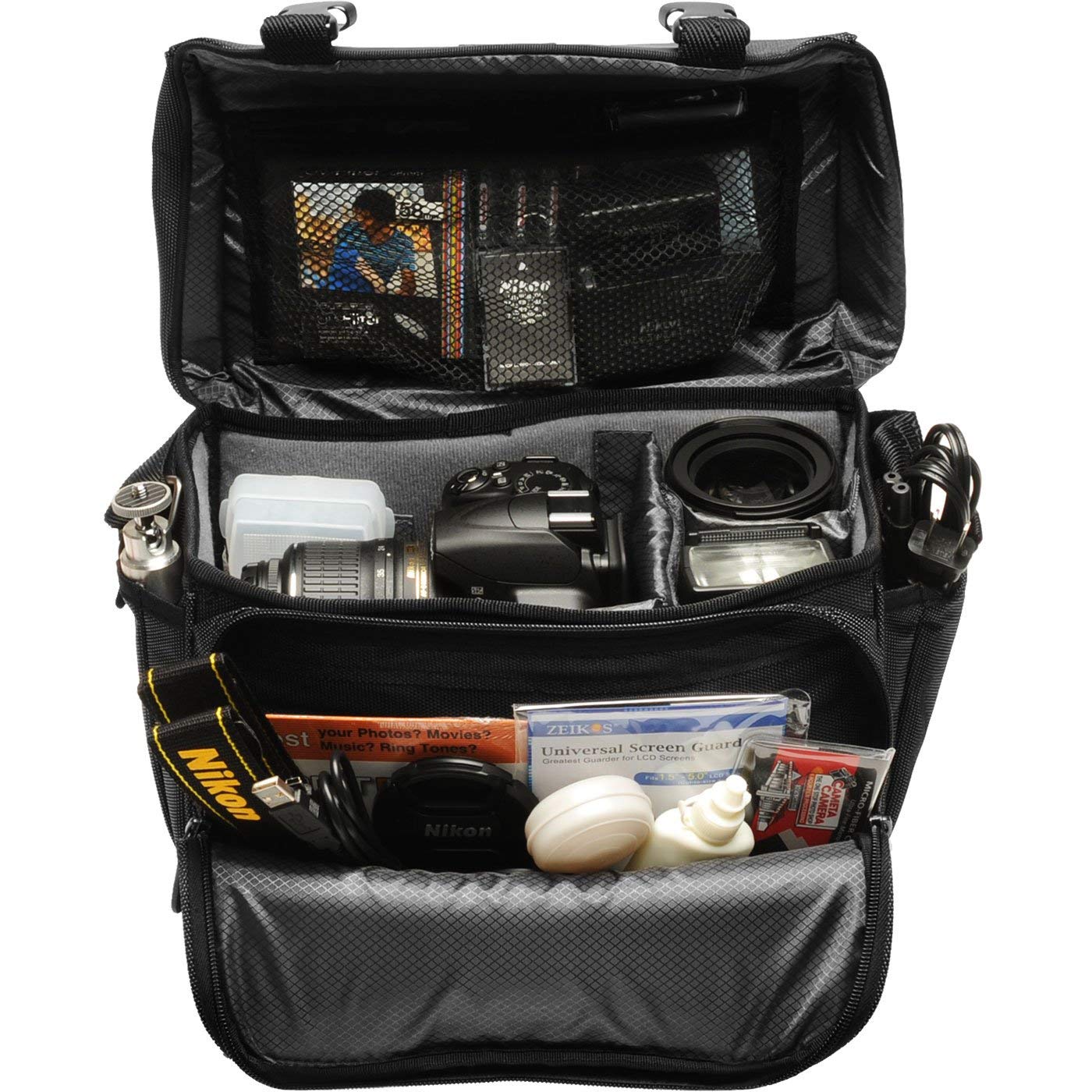Understanding Different Types of Lenses
Understanding Different Types of Lenses
When it comes to choosing the right lens for your DSLR camera, understanding the different types of lenses available is crucial. Each type of lens serves a specific purpose and excels in particular photography scenarios. Familiarizing yourself with the various lens options will empower you to make an informed decision based on your specific photographic needs.
1. Wide-Angle Lenses: These lenses have a shorter focal length, enabling them to capture a wider field of view. They are ideal for landscape photography, architecture, and interior shots, as they can encompass more of the scene within the frame.
2. Standard Lenses: Also known as “normal” lenses, these typically have a focal length similar to the diagonal measurement of the camera’s image sensor. They closely mimic the human eye’s perspective and are suitable for everyday photography.
3. Telephoto Lenses: With longer focal lengths, telephoto lenses are designed to capture distant subjects with exceptional clarity and detail. They are popular for wildlife, sports, and portrait photography, allowing photographers to isolate their subjects from the background.
4. Macro Lenses: These specialized lenses are crafted for capturing extreme close-up shots with intricate detail. They are commonly used for photographing small subjects such as flowers, insects, and other intricate objects, providing stunning magnification and sharpness.
5. Fisheye Lenses: These ultra-wide-angle lenses create a unique visual distortion, resulting in a hemispherical image. They are favored by photographers seeking unconventional and artistic perspectives, often used in creative and experimental photography.
6. Superzoom Lenses: Also known as all-in-one or travel lenses, these versatile options offer an extensive focal length range, eliminating the need to carry multiple lenses. While convenient for capturing a wide variety of subjects, they may compromise on image quality compared to specialized lenses.
By understanding the distinct characteristics and purposes of each lens type, you can effectively narrow down your options based on the specific photographic genres you intend to explore. This knowledge will serve as a solid foundation for selecting the most suitable lens for your DSLR camera.
Considerations for Choosing a DSLR Lens
When embarking on the journey of selecting a DSLR lens, several key considerations come into play, each influencing the overall outcome of your photographic endeavors. By carefully evaluating these factors, you can make an informed decision that aligns with your creative vision and practical requirements.
1. Photographic Intent: Begin by identifying the primary purpose of the lens. Are you aiming to delve into portrait photography, landscape photography, macro photography, or perhaps a combination of various genres? Understanding your intended photographic pursuits will guide you towards the most suitable lens type.
2. Budget: Establishing a clear budgetary framework is essential. While high-end lenses offer exceptional optical quality and advanced features, there are also budget-friendly options that deliver impressive performance. Assess your financial constraints and explore lenses that strike a balance between affordability and desired functionalities.
3. Size and Weight: Consider the practicality of the lens in terms of portability and handling. Larger telephoto lenses, for instance, may be cumbersome for everyday use, while compact prime lenses offer convenience and ease of mobility. Evaluate how the size and weight of the lens align with your shooting preferences and lifestyle.
4. Compatibility: Ensure that the lens is compatible with your DSLR camera body. Different camera brands and models require specific lens mounts and may have varying degrees of compatibility with certain lenses. Research compatibility aspects to avoid any potential issues with attachment and functionality.
5. Optical Quality: Assess the optical performance of the lens, considering factors such as sharpness, distortion, chromatic aberration, and overall image rendering. Reviews, sample images, and technical specifications can provide valuable insights into the optical prowess of the lens, aiding you in making an informed assessment.
6. Specialized Features: Identify any specialized features that align with your creative vision. This may include weather sealing for outdoor photography, optical image stabilization for handheld shooting, or specific lens coatings to mitigate lens flare and ghosting. Evaluate whether these features complement your intended photographic pursuits.
By carefully weighing these considerations, you can navigate the diverse array of DSLR lenses with clarity and confidence, ultimately selecting a lens that harmonizes with your artistic aspirations and practical requirements. This thoughtful approach ensures that your chosen lens becomes an invaluable tool in realizing your photographic vision.
Prime Lenses vs. Zoom Lenses
When deliberating on DSLR lenses, one encounters the perennial debate between prime lenses and zoom lenses, each offering distinctive advantages and catering to diverse photographic needs. Understanding the characteristics and benefits of these two lens types is pivotal in making an informed decision aligned with your specific requirements and creative preferences.
Prime Lenses:
Prime lenses are characterized by a fixed focal length, meaning they do not offer zoom functionality. This inherent limitation is counterbalanced by several noteworthy advantages. Prime lenses are renowned for their exceptional optical quality, often delivering superior sharpness, contrast, and overall image fidelity compared to zoom lenses. The absence of complex zoom mechanisms allows prime lenses to be more compact and lightweight, offering enhanced portability and ease of handling. Additionally, the fixed focal length encourages photographers to refine their composition skills, as they must physically move to frame their shots, fostering a deeper understanding of perspective and framing.
Moreover, prime lenses typically feature wider maximum apertures, enabling impressive low-light performance and the coveted ability to achieve shallow depth of field for striking subject isolation and background bokeh. This makes prime lenses particularly well-suited for portrait photography, low-light conditions, and artistic endeavors where precise control over depth of field is paramount.
Zoom Lenses:
Conversely, zoom lenses offer variable focal lengths, allowing for seamless adjustment of framing without changing lenses. This versatility makes zoom lenses highly adaptable to a wide spectrum of photographic scenarios, offering convenience and flexibility, especially in dynamic and fast-paced environments. From expansive wide-angle perspectives to intimate telephoto compositions, zoom lenses empower photographers to swiftly capture diverse compositions without interrupting the shooting flow.
While some may argue that prime lenses excel in optical quality, modern zoom lenses have made remarkable strides in delivering impressive image fidelity across their focal range. Advanced lens technologies and optical designs have elevated the optical performance of zoom lenses, bridging the gap with prime lenses in terms of sharpness, distortion control, and chromatic aberration correction.
Ultimately, the choice between prime lenses and zoom lenses hinges on your specific photographic objectives, shooting style, and preferences. Prime lenses beckon to those who prioritize optical excellence, artistic control, and compactness, while zoom lenses appeal to photographers seeking versatility, convenience, and adaptability in a single lens. Understanding the nuances of each lens type empowers you to make a discerning choice that harmonizes with your creative vision and practical demands.
Aperture and Focal Length
When delving into the realm of DSLR lenses, comprehending the significance of aperture and focal length is pivotal in harnessing the full creative potential of your photographic pursuits. These fundamental attributes wield profound influence over the visual aesthetics and technical capabilities of your lens, shaping the way you capture and interpret the world through your camera.
Aperture:
The aperture of a lens, denoted by the f-number (e.g., f/2.8, f/4), governs the amount of light that reaches the camera’s image sensor. It also plays a pivotal role in determining the depth of field, which refers to the range of distance in a scene that appears acceptably sharp in the resulting image. Lenses with wider maximum apertures (smaller f-number) allow for greater light transmission, making them well-suited for low-light conditions and facilitating the coveted ability to achieve shallow depth of field, accentuating the subject while rendering the background in a creamy, defocused blur. This characteristic is particularly advantageous in portrait, macro, and artistic photography, where subject isolation and bokeh play a significant role in composition and visual impact.
Conversely, lenses with narrower maximum apertures (larger f-number) are conducive to expansive depth of field, ensuring that a broader range of the scene remains sharply rendered. This attribute is advantageous in landscape photography, architectural photography, and scenarios where maximizing overall sharpness throughout the frame is paramount.
Focal Length:
The focal length of a lens dictates its angle of view and magnification capabilities. It is expressed in millimeters and determines whether a lens is categorized as wide-angle, standard, telephoto, or super-telephoto. Wide-angle lenses, characterized by shorter focal lengths, encompass a broader field of view, making them ideal for expansive landscapes and immersive environmental compositions. Standard lenses closely mimic the human eye’s perspective, offering a natural and versatile field of view for everyday photography.
Telephoto lenses, with longer focal lengths, excel in magnifying distant subjects, making them indispensable for wildlife photography, sports events, and capturing intimate details from a distance. Super-telephoto lenses further extend this magnification, enabling photographers to bring distant subjects remarkably close, often used in astrophotography and capturing elusive wildlife behavior.
Understanding the interplay between aperture and focal length empowers photographers to wield creative control over their imagery, manipulating light, depth of field, and perspective to convey compelling narratives and evoke emotional responses. By leveraging these foundational principles, you can harness the expressive potential of your DSLR lenses, transcending technical specifications to craft captivating visual stories.
Image Stabilization and Autofocus
Within the realm of DSLR lenses, the integration of image stabilization and autofocus technologies plays a pivotal role in enhancing the precision, versatility, and overall performance of lenses, enriching the photographic experience for enthusiasts and professionals alike. Understanding the nuances of these technologies empowers photographers to capture remarkable images with unparalleled clarity, regardless of challenging shooting conditions.
Image Stabilization:
Image stabilization, often denoted as IS, VR (Vibration Reduction), or OSS (Optical SteadyShot), mitigates the impact of camera shake, ensuring sharper images, particularly in low-light environments or when utilizing telephoto focal lengths. This technology employs internal mechanisms to counteract unintended camera movements, thereby minimizing the blurring effects that can result from handheld shooting, especially at slower shutter speeds.
By stabilizing the optical pathway, image stabilization systems enable photographers to achieve steady, blur-free images, expanding the potential for handheld shooting in challenging lighting conditions. This is particularly advantageous for telephoto lenses, where even slight camera movements can be magnified, potentially compromising image sharpness. Furthermore, image stabilization facilitates greater creative freedom, empowering photographers to explore longer exposures without the constraints of a tripod, fostering spontaneity and flexibility in their photographic endeavors.
Autofocus:
The autofocus (AF) system embedded within DSLR lenses enables swift and accurate focusing, ensuring that subjects are rendered sharply and distinctly within the frame. Advanced autofocus mechanisms leverage precision-engineered focusing elements and sophisticated algorithms to swiftly lock onto subjects, even in dynamic and fast-paced scenarios. This is particularly beneficial for genres such as sports photography, wildlife photography, and portrait photography, where instantaneous focus acquisition is imperative in capturing decisive moments with impeccable clarity.
Furthermore, the advent of silent wave motors and ultrasonic motors has revolutionized autofocus performance, delivering near-silent and rapid focusing capabilities. This not only enhances the overall shooting experience by minimizing operational noise but also facilitates discreet and unobtrusive photography, ideal for capturing candid moments and sensitive subjects without disturbing the ambience.
By harnessing the prowess of image stabilization and autofocus technologies, photographers can transcend technical limitations, immersing themselves in the art of visual storytelling with unwavering precision and creative freedom. These advancements not only elevate the technical capabilities of DSLR lenses but also empower photographers to channel their artistic vision with unparalleled confidence and finesse.
Compatibility with Your Camera Body
When navigating the expansive landscape of DSLR lenses, ensuring compatibility with your specific camera body is a crucial consideration that significantly influences the functionality, performance, and overall synergy between the lens and the camera. By delving into the realm of compatibility, photographers can optimize their gear selection, unlocking the full potential of their photographic endeavors while avoiding potential pitfalls that may arise from mismatched pairings.
One of the primary compatibility aspects to consider is the lens mount. Different camera manufacturers utilize distinct lens mounts tailored to their respective camera systems. It is essential to verify that the lens you intend to acquire is compatible with the lens mount of your camera body. Mismatched mounts can result in an inability to attach the lens, loss of electronic communication between the lens and camera, and compromised functionality, rendering the lens unusable with the camera.
Furthermore, the compatibility extends beyond the physical attachment to encompass electronic integration. Modern DSLR lenses often feature electronic contacts that facilitate communication with the camera body, enabling functionalities such as autofocus, aperture control, and in-lens image stabilization. It is imperative to ensure that the lens and camera are electronically compatible, as certain features may be limited or non-operational if the electronic communication is hindered.
Additionally, the sensor size of the camera body influences the effective focal length and angle of view when paired with a specific lens. Understanding the concept of crop factor is essential, especially when using lenses across different camera systems. Full-frame lenses mounted on crop-sensor bodies may exhibit a narrower angle of view, effectively magnifying the focal length, while crop-sensor lenses may not fully cover the entire sensor area of a full-frame camera, resulting in vignetting or reduced image coverage.
Moreover, compatibility considerations extend to the camera’s firmware and software integration with the lens. Certain lenses may require firmware updates to ensure seamless operation with specific camera models, addressing potential compatibility issues and optimizing performance. Staying abreast of firmware updates from both the camera manufacturer and lens manufacturer is essential to maintain optimal compatibility and functionality.
By meticulously evaluating compatibility aspects, photographers can navigate the intricate web of DSLR lenses with clarity and confidence, ensuring harmonious integration and seamless operation between their chosen lenses and camera bodies. This conscientious approach not only safeguards against compatibility-related challenges but also fosters a cohesive and synergistic gear ecosystem, empowering photographers to unleash their creative vision with unwavering precision and reliability.









